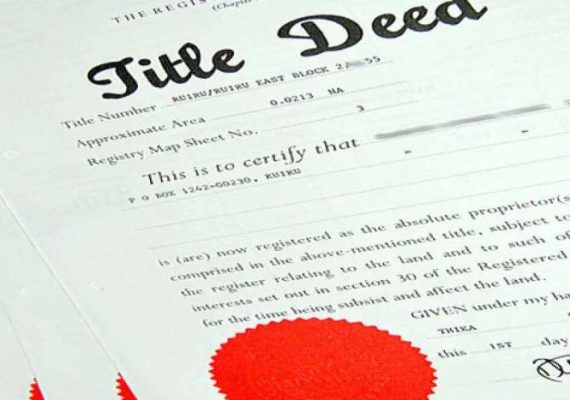What Are Hollow Concrete Blocks Used For?
What Are Hollow Concrete Blocks Used For?
Hollow concrete blocks are standard-sized rectangular hollow blocks composed of high or low-density cast concrete. Portland cement and aggregate, often sand and fine gravel, are utilized as raw materials for high-density blocks.
Industrial wastes, such as fly ash or bottom ash, are used as the principal raw materials for low-density blocks, which are also known as cinder blocks or breeze blocks in different regions of the world.
In masonry buildings, hollow concrete blocks are more typically employed. It speeds up the construction process, saves cement and steel, and lowers labor costs on the job site.
These blocks reduce the natural weight of masonry structures while improving physical qualities such as noise and thermal insulation.
They also have areas for hiding electrical conduits, water pipes, and soil pipes. Hollow concrete blocks are classified into several varieties based on its form, requirements, and design. These are;
1. Concrete Stretcher Blocks.
The most widely utilized hollow concrete blocks in construction are concrete stretcher blocks. These blocks are used to connect masonry units at their corners. Stretcher blocks are positioned parallel to the face of the wall.
2. Lintel Blocks.
Lintel blocks, also known as channeled blocks or beam blocks, are a type of U-shaped concrete masonry unit. The length of these blocks is marked by a deep groove.
Following the placement of the blocks, these grooves are filled with concrete and reinforced. Lintel blocks are used to support the beam or lintel beam. Lintel beams are typically installed on the top of the section of doors and windows to transmit the load from the top.
3. Concrete Partition Blocks.
Partition concrete blocks are an excellent alternative for building partition walls. The hollow section of these blocks is separated into two or three components, and the partition block’s height is greater than its breadth.
4. Concrete Pillar Blocks.
Because both of its corners are plain, concrete pillar blocks are also known as double corner blocks. As a result, they are typically employed when two ends of a corner are visible. Concrete pillar blocks, as the name implies, are commonly used in pillars or piers.
5. Concrete Corner Blocks.
Concrete corner blocks are used to reinforce masonry corners, as well as at the ends of windows and door openings. One corner of the block is simple, while the other is designed with stretchers.
These blocks are placed such that one end of the plane is exposed to the outside and the other end is secured with the stretcher block.
6. Concrete Jamb Blocks.
When there is an ornate window opening in the wall, jamb concrete blocks are employed. They are linked to the stretcher and the corner of the blocks. To give room for the casing component of the window, jamb concrete blocks are used for the construction of double-hung windows.
7. Bullnose Concrete Blocks.
Bullnose concrete blocks are structurally and functionally comparable to corner blocks. These blocks are picked, however, especially when we desire rounded edges at the corners.
8. Frogged Brick Blocks.
These frogged brick blocks, like the frogged brick, have a frog on top, as well as a header and stretcher. This frog will aid in the retention of mortar and the formation of a strong link with the top-lying block.
Should I Fill Hollow Concrete Blocks?
Yes, hollow concrete blocks should be filled. The filling of hollow concrete blocks will improve their durability and strength. Hollow concrete blocks are commonly utilized in building projects when strength is required.
To construct load-bearing walls out of hollow concrete blocks, the holes must be filled with both reinforcing bars, also known as rebars, and liquid cement.
Rebars are typically composed of steel and strengthened to provide long-term function. This will result in a strong and uniform overall construction.
Hollow concrete blocks reinforced with rebars and cement are the greatest solution for sites requiring significant strength, such as bigger residences or commercial structures.
Hollow concrete blocks can also be used to make a fire-resistant partition wall within a building, preventing flames from passing through in the case of a fire.

